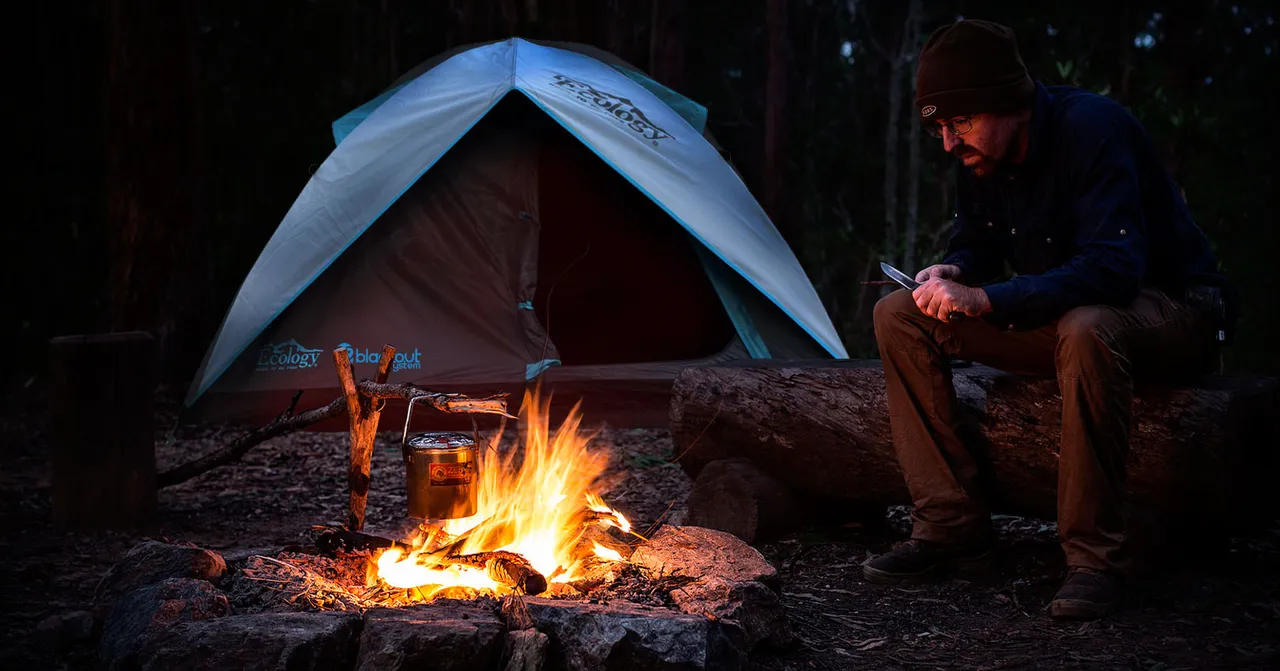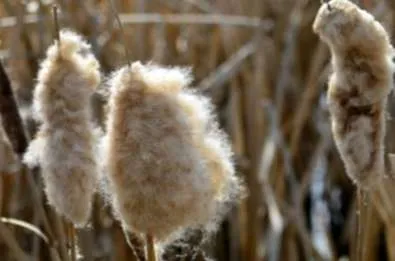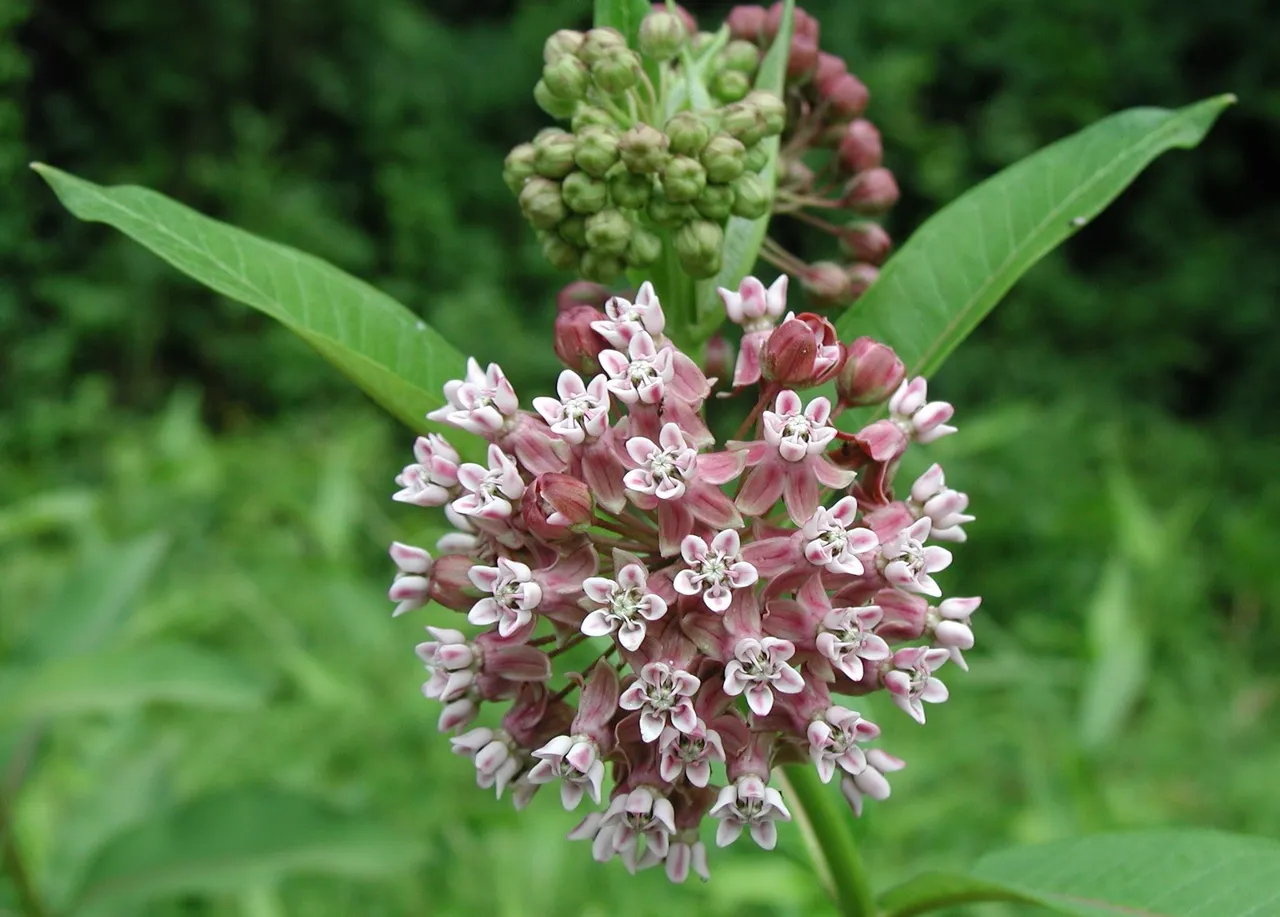
¿Por qué aprender sobre plantas silvestres solo para ir de mochilero? Por supuesto que es interesante para algunos de nosotros, pero más allá de eso, un poco de conocimiento de las plantas puede salvarle la vida. No se trata solo de los comestibles. La comida es en realidad una prioridad baja en la mayoría de las emergencias en áreas silvestres. Sin embargo, existen muchos otros usos importantes para las plantas.
Why learn about wild plants just to go backpacking? Of course it is interesting for some of us, but beyond that, a little knowledge of plants can save your life. This isn’t just about the edible ones. Food is actually a low priority in most wilderness emergencies. However, there are many other important uses for the plants out there

Plantas silvestres útiles//Useful Wild Plants

Totora: La totora es una de las plantas silvestres más útiles en la naturaleza. Las áreas pantanosas o húmedas en todo el hemisferio norte tienen plantas de totora, y una vez que las identifique, nunca las olvidará. Si bien tienen cinco partes comestibles, las espadañas son mucho más que plantas alimenticias. Sus largas hojas planas se han utilizado durante siglos para hacer cestas y bandejas para servir comida. Puede tejerlos en esteras para dormir e incluso hacer ropa rudimentaria con ellos.
Cattails: The cattail is one of the most useful wild plants in the wilderness. Swampy or wet areas throughout the northern hemisphere have cattail plants, and once you identified them, you’ll never forget them. While they have five edible parts, cattails are much more than food plants. Their long flat leaves have been used for centuries to make baskets and food-serving trays. You can weave them into mats for sleeping on, and even make crude clothing out of them.

La "pelusa" de la cabeza de la semilla de totora que la convierte en una de las primeras plantas silvestres que debe conocer. Las viejas cabezas de semillas esponjosas a menudo se adhieren a la parte superior de los tallos durante todo el año. Ponle una chispa a estos y pueden estallar en llamas. Esto puede salvarle la vida si no tiene fósforos. Rellena tu chaqueta con pelusa de totora y la convertirás en un abrigo de invierno, posiblemente salvándote del asesino número uno en el desierto: la hipotermia.
The “fluff” of the cattail seed head that makes it one of the first wild plants you should learn about. The old fluffy seed heads often cling to the tops of the stalks year-round. Put a spark to these and it they can burst into flame. This can be a life-saver if you don’t have matches. Stuff your jacket full of cattail fluff and you’ll turn it into a winter coat, possibly saving you from the number one killer in the wilderness: hypothermia.

Algunos también han informado que usan la espadaña como repelente de insectos. Solo mantén un fuego manchado quemando la pelusa de la semilla. Es posible que esto no sea más efectivo que cualquier fuego humeante, pero es tan simple de recolectar y quemar la pelusa de la espadaña que vale la pena recordarlo.
Some have also reported using cattail as an insect repellent. Just keep a smudgy fire going by burning the seed fluff. This may not be any more effective than any smoky fire would be, but it’s so simple to collect and burn cattail fluff that it is worth remembering.
Yucas: Las hojas en forma de espada con extremos puntiagudos hacen que estas plantas sean fáciles de reconocer. Pocas plantas pueden usarse tan fácilmente para hacer cuerdas o cordeles. En el desierto de California, pele hojas de yuca en tiras y las trencé en una cuerda en cuestión de treinta minutos. Con dos hombres tirando con fuerza de cada extremo, no pudimos romperlo. Esta es una de las mejores plantas para hacer cuerdas y cuerdas más finas (separe las fibras más finas).
Yuccas: Sword-like leaves with sharply pointed ends make these easy plants to recognize. Few plants can be used so easily to make rope or twine. In the California desert I peeled yucca leaves into strips and braided them into a rope in a matter of thirty minutes. With two men pulling hard on either end, we couldn’t break it. This is one of the better plants for making ropes as well as finer string (separate out the finest fibers).
Yucca también puede proporcionar hilo y aguja para reparaciones de emergencia. Corta la punta de una hoja de yuca desde adentro, una pulgada hacia abajo y aproximadamente a la mitad. Dóblelo hacia atrás y podrá pelar algunas fibras de la hoja, que quedan adheridas a la “aguja” o punta de la hoja. De esta manera, saqué hebras de fibras de dos pies de largo y cosí ropa con ellas.
Yucca can also provide needle and thread for emergency repairs. Cut the tip of a yucca leaf from the inside, an inch down and about halfway through. Bend it back, and you’ll be able to peel some fibers out of the leaf, which stay attached to the “needle” or tip of the leaf. I’ve pulled out two-foot long strands of fibers this way, and sewn up clothing with them.

Algodoncillo: varias partes son comestibles con la preparación adecuada, y algunas personas aplican la savia blanca a las verrugas para deshacerse de ellas. Sin embargo, la parte realmente útil del algodoncillo es la pelusa de la semilla. Es incluso más inflamable que la pelusa de la espadaña, por lo que puede usarlo para iniciar incendios a partir de chispas.
Milkweeds: Several parts are edible with proper preparation, and some people apply the white sap to warts to get rid of them. The really useful part of the milkweed, however, is the seed fluff. It is even more flammable than cattail fluff, so you can use it for starting fires from sparks.

También es un gran aislante, incluso con un aspecto parecido al plumón de ganso. Llene bolsas de pan con algodoncillo y estas "manoplas" mantendrán sus manos muy calientes. Inserte las manos y átese las bolsas alrededor de la muñeca o métalas en las mangas.
It is a great insulater, too, even looking something like goose down. Fill bread bags with milkweed down and these “mittens” will keep your hands very warm. Insert your hands and tie the bags around your wrist or tuck it into your sleeves.
¿Algunas otras plantas silvestres útiles? La corteza del abedul blanco se quema mejor que el papel, incluso cuando está mojado. Haga estallar ampollas de savia en abetos (jóvenes) y puede usar la savia como apósito antiséptico para cortes pequeños. Unte el jugo de ajo silvestre triturado y cebolla sobre usted mismo como repelente de insectos. Hay infinitas formas de usar plantas silvestres, así que ¿por qué no aprender y practicar algunas?
Some other useful wild plants? The bark the white birch tree burns better than paper, even when wet. Pop sap blisters on fir trees (young ones) and you can use the sap as an antiseptic dressing for small cuts. Smear the juice from crushed wild garlic and onion on yourself as an insect repellent. There are endless ways to use wild plants, so why not learn and practice a few?

Bibliografia//bibliography

Enlace de las imagenes
link of the images
[https://florecido.com/c-flores-de-agua/totora/]
[https://es.haenselblatt.com/what-do-with-cattail-seeds]
[https://es.wikipedia.org/wiki/Yucca]
[https://blog.nwf.org/2015/02/twelve-native-milkweeds-for-monarchs/]
[https://tuecology.com/5-consejos-para-acampar-de-forma-ecologica/]
